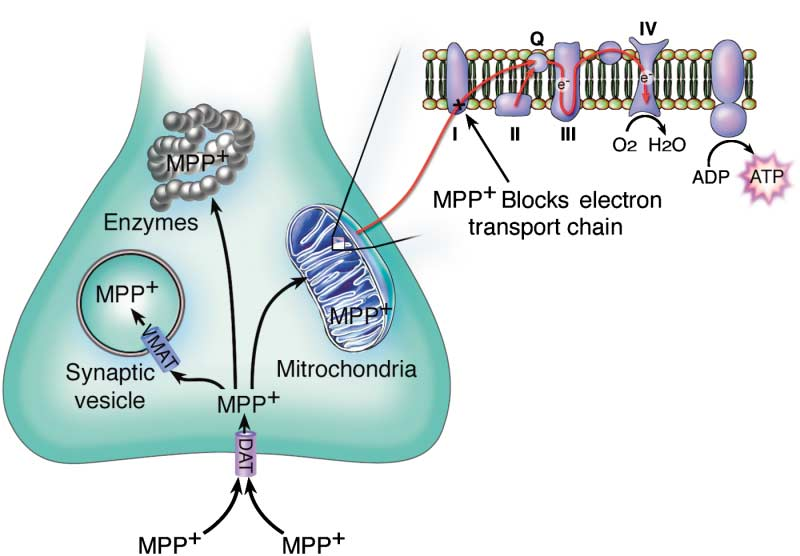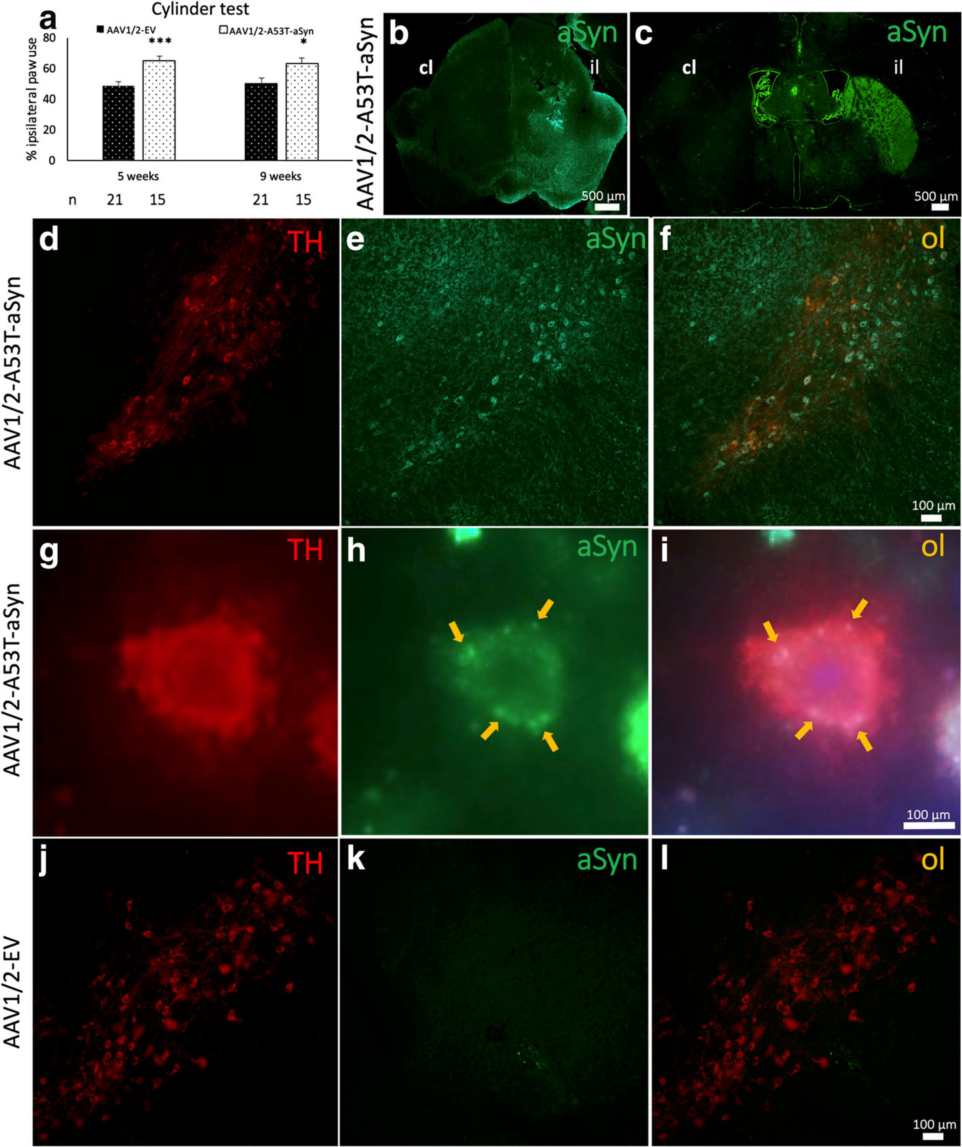Parkinson's modeling tool AAV-SNCA
1、 Understanding Parkinson's disease
Parkinson's Disease (PD) is the second largest neurodegenerative disease in the world, after Alzheimer's disease. The main symptoms are movement disorders or delays, rigidity, static tremors, etc., and may be accompanied by perceptual and cognitive impairments. The incidence rate of Parkinson's disease in the elderly is very high, and the prevalence rate of people over 60 years old is more than 2%. At present, there are about 2 million Parkinson's disease patients in China, accounting for about half of the world's Parkinson's disease patients. In the context of China's aging society, Parkinson's disease has become a major "killer" that threatens the physical and mental health of the elderly population. The etiology of Parkinson's disease is still unclear. Studies have shown that genetics, environmental pollution, aging, anxiety, depression, and cardiovascular disease are all involved in the death process of dopaminergic neurons. Therefore, it is urgent to establish an effective animal model of Parkinson's disease to study the pathogenesis and explore clinical treatment methods.
2、 Parkinson's disease modeling plan
The prominent pathological changes of Parkinson's disease include degeneration and death of dopaminergic neurons in the substantia nigra, misfolding and accumulation of Lewy bodies composed of alpha synuclein. There are currently two mainstream modeling approaches for Parkinson's disease, namely the one based on neurotoxin killing dopaminergic neurons and the one based on alpha synuclein.
·Modeling scheme based on neurotoxins·
MPTP (1-methyl-4-phenyl-1,2,3,6-tetrahydropyridine) and 6-OHDA (6-hydroxydopamine) are two commonly used neurotoxins. MPTP is metabolized by monoamine oxidase B into MPDP+intermediate in glial cells, which is further converted into toxic substance MPP+. MPP+inhibits the activity of mitochondrial respiratory chain complex I in dopaminergic neurons, blocks electron transfer chains, inhibits ATP production, and promotes the production of reactive oxygen species, leading to neuronal damage (Figure 1); 6-OHDA is a hydroxylated derivative of dopamine, with a chemical structure similar to dopamine. It enters neurons through dopamine or norepinephrine transporters and is catalyzed by monoamine oxidase A to form toxic substances such as hydrogen peroxide, leading to cellular structural and metabolic disorders and ultimately causing neuronal damage (Figure 2).
Figure 1. Schematic diagram of MPTP metabolism and mechanism of action (Dauer W et al., Neuron. 2003)
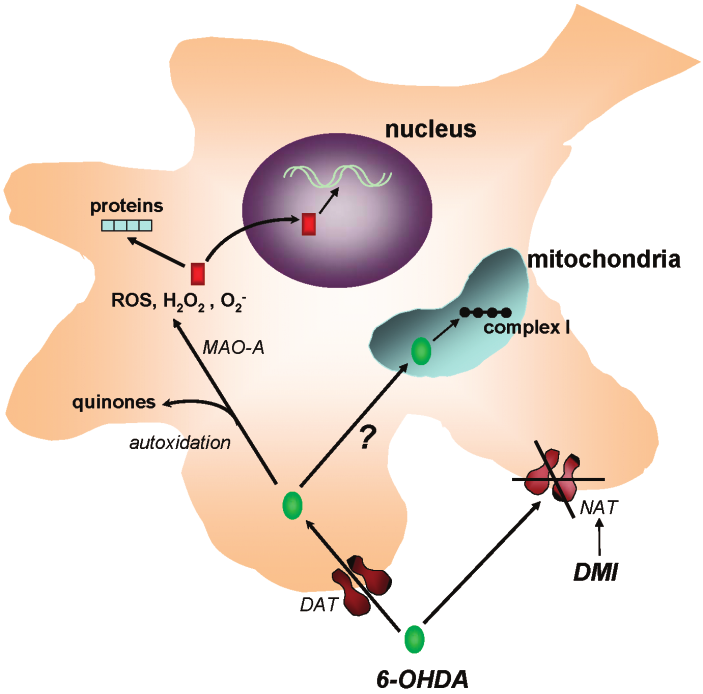
Figure 2. Schematic diagram of the mechanism of 6-OHDA induced neurotoxicity (Simola N et al., Neurotox Res. 2007)
·Modeling scheme based on alpha synuclein·
Alpha Synuclein (α - Syn) is encoded by the SNCA gene and is mainly expressed presynaptic and perinuclear, and may be associated with synaptic plasticity or neurotransmitter release. Under physiological conditions, α - Syn exists in the form of soluble monomers or tetramers; Under pathological conditions, the conformation of α - Syn changes to β - folded form, and misfolded α - Syn aggregates to form oligomers, gradually developing into fibrinogen and insoluble fibers. Intracellular organelles are isolated and interfered with each other, ultimately forming Lewy bodies, leading to neuronal pathology. A53T is a mutant of alpha synuclein (SNCA), which has a significantly stronger aggregation effect than non mutant alpha synuclein. It can efficiently form Lewy bodies in neurons, leading to the occurrence of Parkinson's disease. The delivery of SNCA (A53T) through AAV can efficiently and stably induce the development of Parkinson's disease.
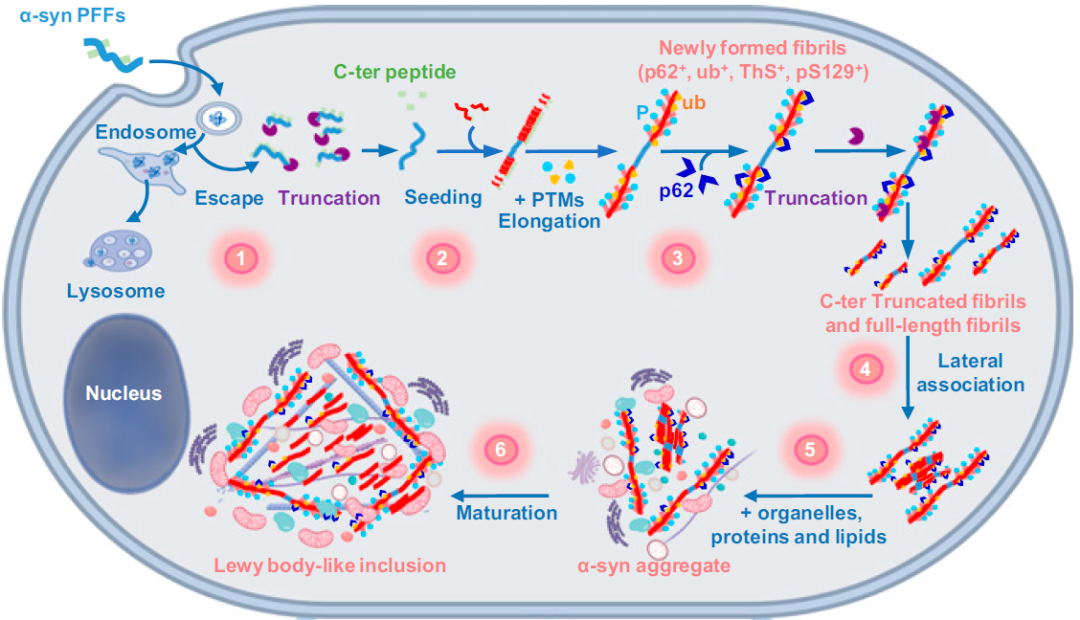
Figure 3. Schematic diagram of the mechanism of α - Syn forming Lewis bodies
(Mahul-Mellier et al., PNAC.2020)
3、 Weizhen Diversified Parkinson's Modeling Tool AAV in Stock Supply
Weizhen Biotechnology can provide various wild-type and mutant Parkinson's disease modeling tools, including AAV hSNCA (WT), AAV hSNCA (A53T single mutation), AAV hSNCA (A30P single mutation), AAV hSNCA (A30P, A53T double mutation), etc. AAV is available in stock, greatly accelerating the research cycle and making it the ideal choice for Parkinson's disease modeling! Over 30000 units of virus packaging experience, with guaranteed quality!
Compared to the modeling approach of neurotoxins, the advantages of using AAV to deliver SNCA are:
①. Higher safety: MPTP is a toxic compound and is relatively dangerous to use, while AAV-SNCA is safer and more stable.
②. Better simulation of disease development process: Neurotoxins directly kill dopamine neurons, and AAV expression has a long duration, which can better simulate the entire process of Parkinson's disease occurrence and development, facilitating the discovery and identification of new therapeutic targets.
③. More diverse choices: different AAV serotypes, various broad-spectrum or specific promoters, etc., to meet different experimental needs. Low virus injection volume, relatively stable and safe.
4、 AAV-SNCA (A53T) modeling case sharing
The author transduced AAV1/2-A53T - α Syn into mouse substantia nigra neurons and found that α Syn was highly expressed in dopaminergic neurons in the substantia nigra. By detecting the pathological structure of Lewy bodies and analyzing mouse movement patterns, it was found that AAV1/2-A53T - α Syn mice meet multiple criteria required for PD models, including degeneration of the substantia nigra striatum, Lewy like pathological features similar to human PD, and behavioral defects in mice. This indicates that the AAV-A53T Parkinson's disease model can be further used to study the molecular mechanisms of Parkinson's disease, explore new therapies, and conduct preclinical testing of drugs.
Figure 4. Alpha Syn is highly expressed in dopaminergic neurons and leads to behavioral defects
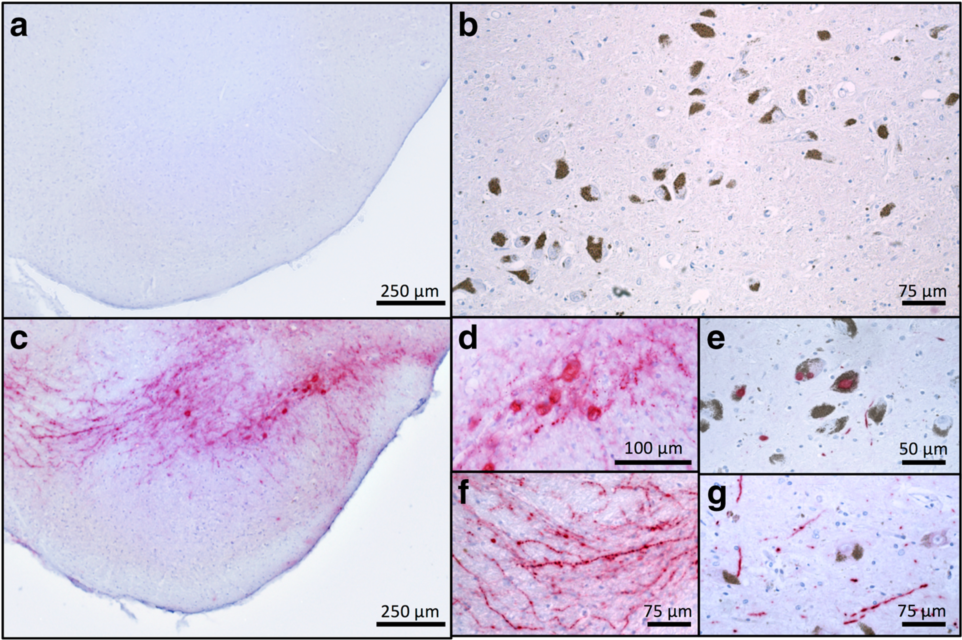
Figure 5. AAV1/2-A53T - α Syn induces Louis like pathology in mice similar to PD patients
(Ip et al., ACTA NEUROPATHOL COM. 2017)
More Parkinson's modeling cases:
[1] Marusela Oliveras-Salvá, Perren, A., Casadei, N., Stroobants, S., Nuber, S., & R D’Hooge, et al. (2013). Raav2/7 vector-mediated overexpression of alpha-synuclein in mouse substantia nigra induces protein aggregation and progressive dose-dependent neurodegeneration. Molecular Neurodegeneration, 8(1), 44.
[2] Rocha, E.M., Smith, G.A., Park, E., Cao, H.M., et al. (2015). Glucocerebrosidase gene therapy prevents α-synucleinopathy of midbrain dopamine neurons. Neurobiology of Disease, 82, 495-503.
[3] Karikari, A.A., Mcfleder, R.L., Ribechini, E., Blum, R., Bruttel, V., & Knorr, S., et al. (2022). Neurodegeneration by α-synuclein-specific T cells in AAV-A53T-α-synuclein parkinson's disease mice. Brain, Behavior, and Immunity, 101, 194-210.
[4] Becker, G., Michel, A., Bahri, M.A., Mairet-Coello, G., Lemaire, C., & Deprez, T., et al. (2021). Monitoring of a progressive functional dopaminergic deficit in the A53T-AAV synuclein rats by combining 6-[18f]fluoro-L-m-tyrosine imaging and motor performances analysis. Neurobiology of Aging, 107, 142-152.




